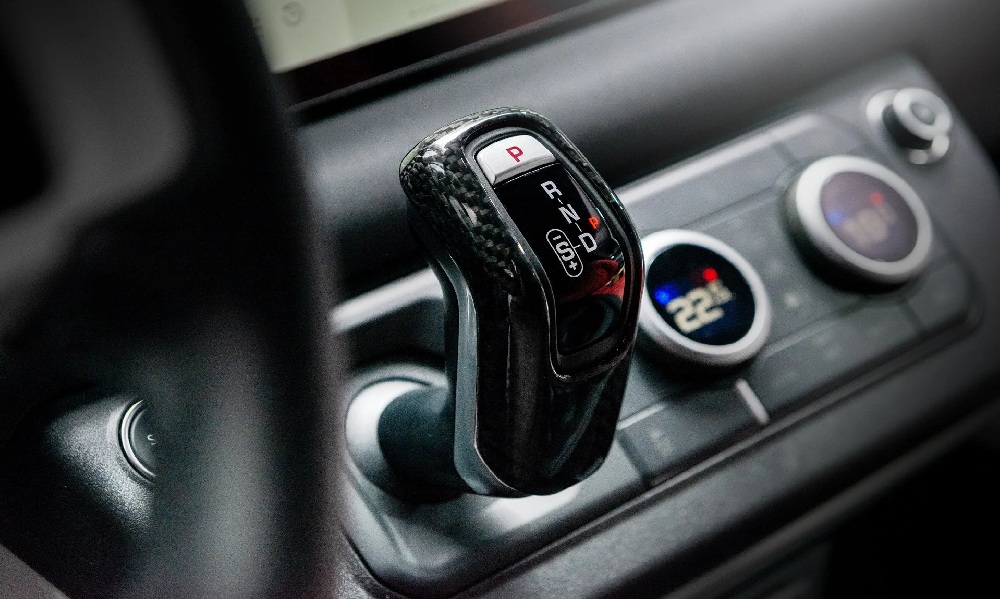Alloy Rims: Stick-On vs. Clip-On Weights
Maintaining proper wheel balance is crucial for the smooth and safe operation of any vehicle. Whether you’re driving a sleek sports car or a rugged SUV, ensuring you have perfectly balanced wheels can significantly improve your ride quality, fuel efficiency, and tire lifespan. Let’s get into the world of wheel balancing, exploring the advantages and disadvantages of two popular weight types: stick-on and clip-on.

Wheel Balancing for Alloy Rims
Alloy rims have become increasingly popular in the automotive industry, offering a unique blend of style and performance. However, the unique characteristics of alloy wheels can pose some challenges when it comes to wheel balancing. Unlike their steel counterparts, alloy rims may require specialized techniques and weight options to achieve optimal balance.
Different Types of Wheel Weights
Wheel weights come in various shapes, sizes, and materials, each designed to address specific balancing needs. The two most common types are:
- Stick-On Wheel Weights: These weights are self-adhesive and are typically lead or steel. They apply directly to the inner or outer rim of the wheel.
- Clip-On Wheel Weights: These weights clip onto the rim’s edge, providing a secure and removable solution.
Pros and Cons of Stick-On Wheel Weights
Pros:
- Discreet and visually appealing, as they are hidden behind the wheel
- Can be easily customized to match the colour of the alloy rim
- Provide a more precise and balanced ride, as they are closer to the tire’s contact patch
Cons:
- Require careful surface preparation to ensure proper adhesion
- Can be more challenging to remove or reposition if needed
- May not be suitable for certain wheel designs or materials
Pros and Cons of Clip-On Wheel Weights
Pros:
- Easier to install and remove, allowing for more flexibility
- Can be repositioned or replaced without damaging the wheel
- Suitable for a wider range of wheel designs and materials
Cons:
- May be more visible on the wheel, affecting the overall aesthetic
- Can be more susceptible to loosening or falling off over time
- May not provide as precise a balance as stick-on weights due to their positioning
Impact of Wheel Weight Types on Tire Performance
The type of wheel weight used can significantly impact tire performance. Stick-on weights, closer to the tire’s contact patch, can help improve handling, responsiveness, and overall ride quality. Clip-on weights, on the other hand, may be more prone to causing vibrations or uneven tire wear due to their positioning on the rim’s edge.
Longevity Comparison of Stick-On vs. Clip-On Wheel Weights
Regarding longevity, stick-on wheel weights generally have an advantage over clip-on weights. The adhesive used in stick-on weights can withstand the rigours of the road, including temperature fluctuations, moisture, and road debris. Clip-on weights, while easier to install and remove, may be more susceptible to loosening or falling off over time, especially in harsh driving conditions.
Installing Stick-On Wheel Weights on Custom Wheels
Customizing your wheels with aftermarket accessories can be a great way to enhance the appearance and performance of your vehicle. When it comes to wheel balancing on custom wheels, stick-on weights can be a versatile and discreet solution. However, proper surface preparation and weight placement are crucial to ensure a balanced and secure installation.
Clip-On Wheel Weight Options for Steel Rims
While stick-on weights may be the preferred choice for alloy rims, clip-on weights can be suitable for steel wheels. Steel rims often have a more pronounced lip or edge, making them an ideal candidate for clip-on weights. This can be a practical solution for vehicles with a mix of alloy and steel wheels, allowing for a consistent balancing approach across the entire set.
Environmental Considerations for Different Wheel-Weight Materials
As environmental awareness continues to grow, the impact of various products on the planet has become an increasingly important factor to consider. When it comes to wheel weights, the choice of material can have implications for sustainability and environmental impact. While still widely used, lead-based weights are being phased out in favour of more eco-friendly alternatives, such as steel or zinc-based weights.
Proper Placement of Stick-On Weights for Optimal Balance
Achieving the perfect wheel balance is not just about the type of weight used but also its precise placement on the rim. Stick-on weights require careful consideration to ensure they are positioned correctly for optimal performance. Factors such as the weight’s location, the number of weights used, and the weight distribution around the wheel can all contribute to a smooth, vibration-free ride.
Ensure Your Wheels Are Perfectly Balanced
Wheel balancing is a critical aspect of vehicle maintenance that can significantly impact your driving experience. Whether you choose stick-on or clip-on weights for your alloy rims, understanding the pros and cons of each option can help you make an informed decision that best suits your needs. Considering factors such as aesthetics, performance, and environmental impact, you can ensure your wheels are perfectly balanced and your vehicle runs at its best.
Ready to achieve the perfect wheel balance for your alloy rims? Contact our team of experts today to discuss the best wheel weight solution for your vehicle. With our guidance, you can enjoy a smoother, more efficient, and safer ride. Get in touch now to schedule your wheel balancing appointment.


